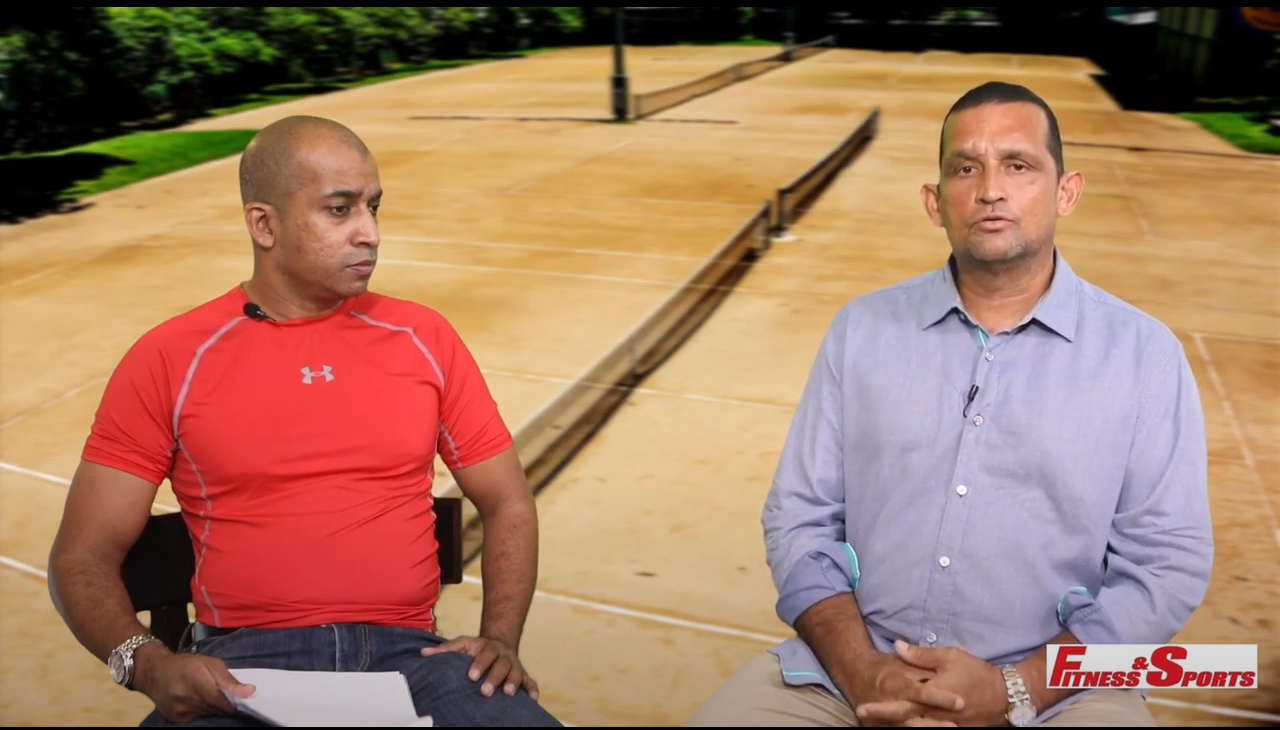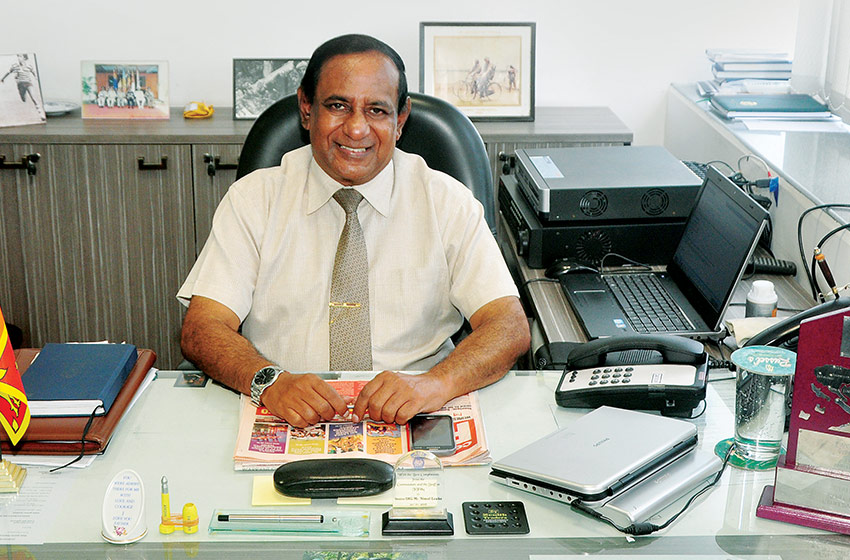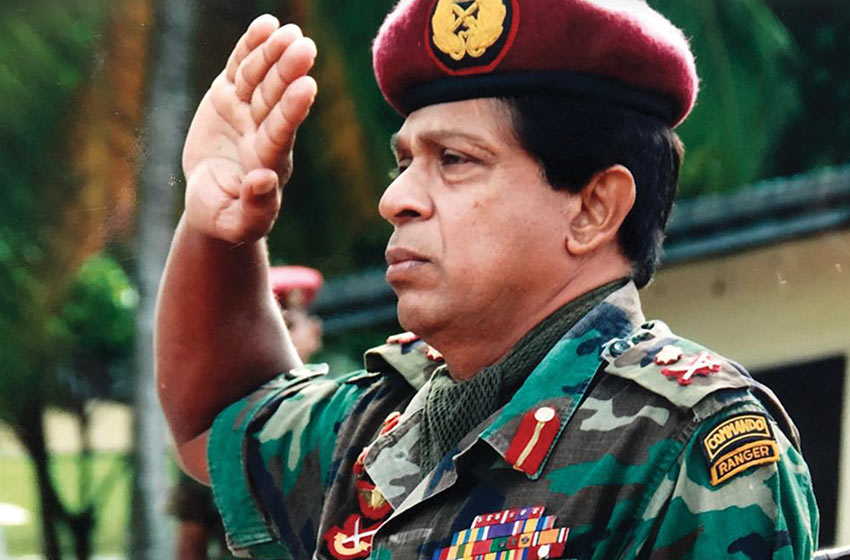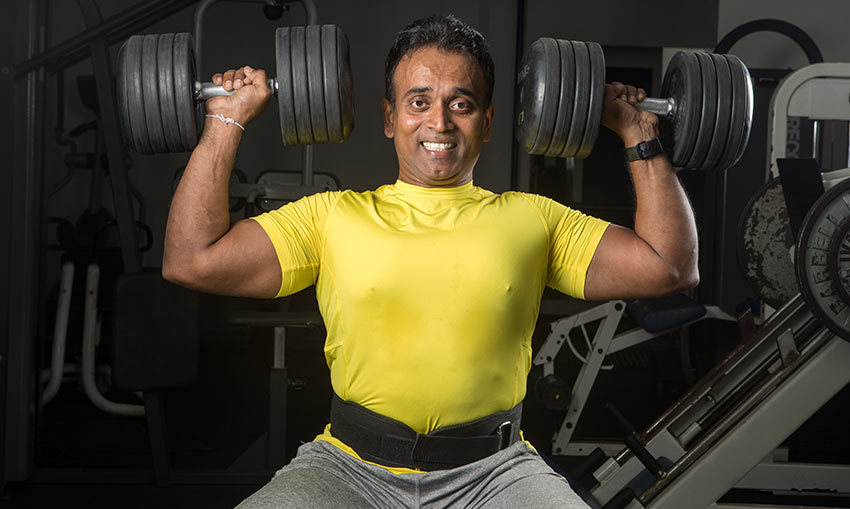
Warning: Illegal string offset 'single_ad_position' in /home/fitnessandsports/public_html/wp-content/themes/vinkmag/vinkmag/core/hooks/blog.php on line 187
For athletes competing in strength sports such as Olympic weightlifting and powerlifting training with heavy weights is a staple part of the regimen. Poorna Kahingala who is a former national weightlifting champion, record holder, renowned personal trainer and a regular feature of Fitness & Sports takes you through the stages of the workout which involves heavy lifting, to ensure you pay close attention to each stage and do not cut corners. Remember there are no short cuts to success.
The Warm Up Period
Prior to a session of heavy lifting we need to prepare our mind and body to get accustomed to lifting heavy weights. Warm up exercises increases our heart rate and our blood circulation as well as our mental readiness. Warming up also relaxes stiff joints and muscles which helps to prevent injuries. If you go straight into lifting heavy without a proper warmup you have a high possibility of getting an injury. The mind should be first ready for the strenuous activity ahead. The mind when ready then sends signal to our muscles to get ready to perform the strenuous activity. This process is a key element of the warm up.
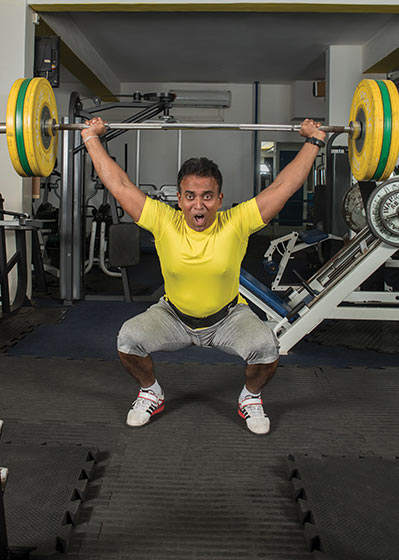 Ten to twenty minutes is an appropriate warm up period. The warm up period takes into consideration the sport and the fitness condition of the athlete. The warm up period includes stretching exercises as well. I recommend to stretch after performing warming up exercises because if you stretch before warming up you run the risk of pulling muscles and tendons. I recommend dynamic stretching over static stretching. Dynamic stretching is when you’re stretching with movement as opposed to stretching while being still.
Ten to twenty minutes is an appropriate warm up period. The warm up period takes into consideration the sport and the fitness condition of the athlete. The warm up period includes stretching exercises as well. I recommend to stretch after performing warming up exercises because if you stretch before warming up you run the risk of pulling muscles and tendons. I recommend dynamic stretching over static stretching. Dynamic stretching is when you’re stretching with movement as opposed to stretching while being still.
Stage 1: Cardio And Dynamic Stretching
Any warm up session should involve slow running/jogging, cycling or rowing (with low resistance). We should start at a slow pace and gradually increase the speed. The speed of the athlete should be according to his/her body weight and overall fitness condition.
 105 to 110 beats per minute should be the required heart rate during a warm up session. The cardio part of the warm up should be about 5 to 10 minutes. Remember to gradually increase your pace. After the cardio warm up session the athlete should proceed to dynamic stretching followed by the warm up exercises that precede the workout.
105 to 110 beats per minute should be the required heart rate during a warm up session. The cardio part of the warm up should be about 5 to 10 minutes. Remember to gradually increase your pace. After the cardio warm up session the athlete should proceed to dynamic stretching followed by the warm up exercises that precede the workout.
Stage 2: Warm Up Exercises
If your workout begins with squatting for example, then your warm up should be free squats with just the bar and no added weights. 10 repetitions for 2 sets is what I recommend. During the warming up exercises we should proceed to the full range of motion for the exercise gradually. Gradually increase the tempo and gradually increase the range of motion for the exercises. If you are working out in a cold climate then you will need more repetitions because your muscles will be cold. Pay close attention to your heartrate. On a hot day you may think you are warmed up but this is not the case. The inside of your body should be warmed up as well as the outside and the indicator for this is your heart rate which should exceed 105 beats per minute.
Stage 3: The Workout
After your warm up sets you then begin your working sets. Your working sets should begin with 50% of your maximum effort for 10 reps, then 60% for 8 and 70% for 6 reps, 80% for 4 reps, 90% for 3 reps, 100% of your effort for 1 to 2 reps. The rest period between sets should be 3 to 5 minutes. Remember that gradual increase of effort keeps the athlete healthier and helps in longevity of the sport. After reaching maximum effort I recommend coming back to 80%-90% of effort and do 4 reps of 3 sets to stabilize the strength level. Heavy weight training should not be done in continuous sessions. The intensity of training should vary in each session. Adequate rest time should be given for the athlete to recover from a heavy lifting session. The mind needs rest as well as the body. A session of heavy lifting should be followed with a session of light lifting.
STAGE 4: Warm Down
This is the final stage of the workout and must not be neglected. This purpose of this stage as the name suggests is to warm down the muscles and also to lower the heart rate, body temperature and blood pressure to a relaxed state. A good warm down has many important benefits such as helping to avoid fainting or dizziness caused by blood pooling in the muscles and helps remove lactic acid from the muscles which cause cramps and discomfort.
How To Warm Down
Warming down should consist of a gentle jog, reducing the speed down to a walk (5 minutes in total) followed by light static stretching. Remember to stretch all muscle groups used in the sport.
 Also relaxing the body with slow movements (30 seconds per exercise) such as;
Also relaxing the body with slow movements (30 seconds per exercise) such as;
Stretching Exercises Should be Performed Targeting;
Quadriceps
Hamstrings
Inside thighs
Chest
Romboid (shoulders)
Bicep
Tricep
Calfs
Please Note:
The above is a guide and the coach must modify the number of repetitions and the effort based on the current fitness level of the athlete as well as the mind set on the day of training. The overall routine the athlete is following must be geared to achieving the end goal. The athlete must listen to his/her body and share with the coach his/her level of condition on the day. Training is not a one size fits all suite but a customized suite with common sense as the guiding principle.
Warning: Illegal string offset 'single_ad_enable' in /home/fitnessandsports/public_html/wp-content/themes/vinkmag/vinkmag/core/hooks/blog.php on line 204
Warning: Illegal string offset 'single_ad_position' in /home/fitnessandsports/public_html/wp-content/themes/vinkmag/vinkmag/core/hooks/blog.php on line 205

